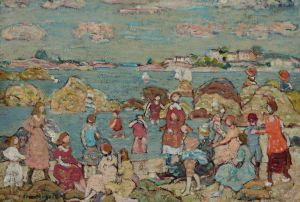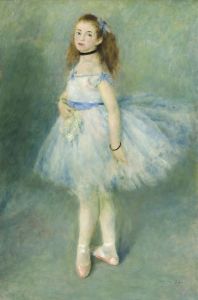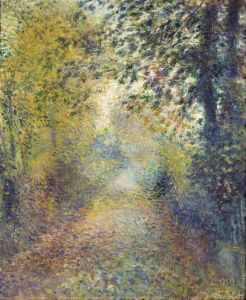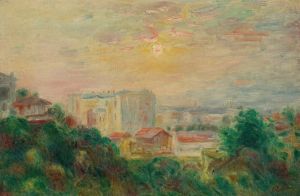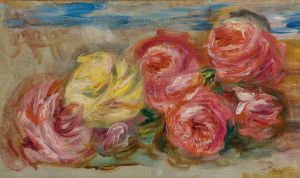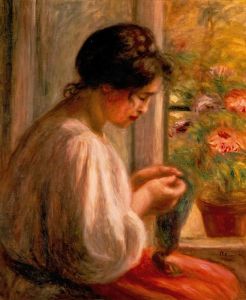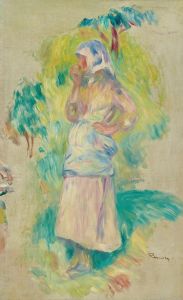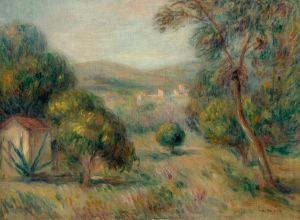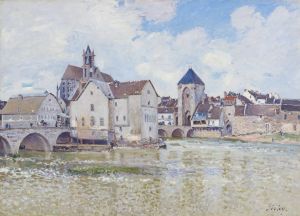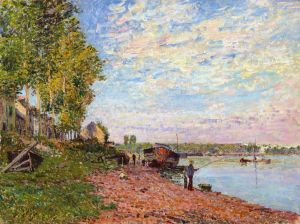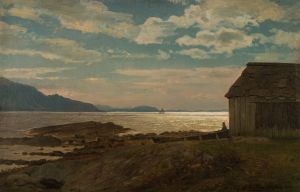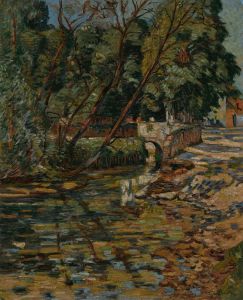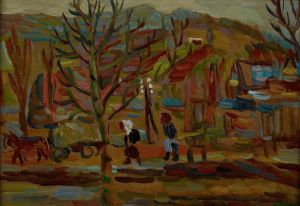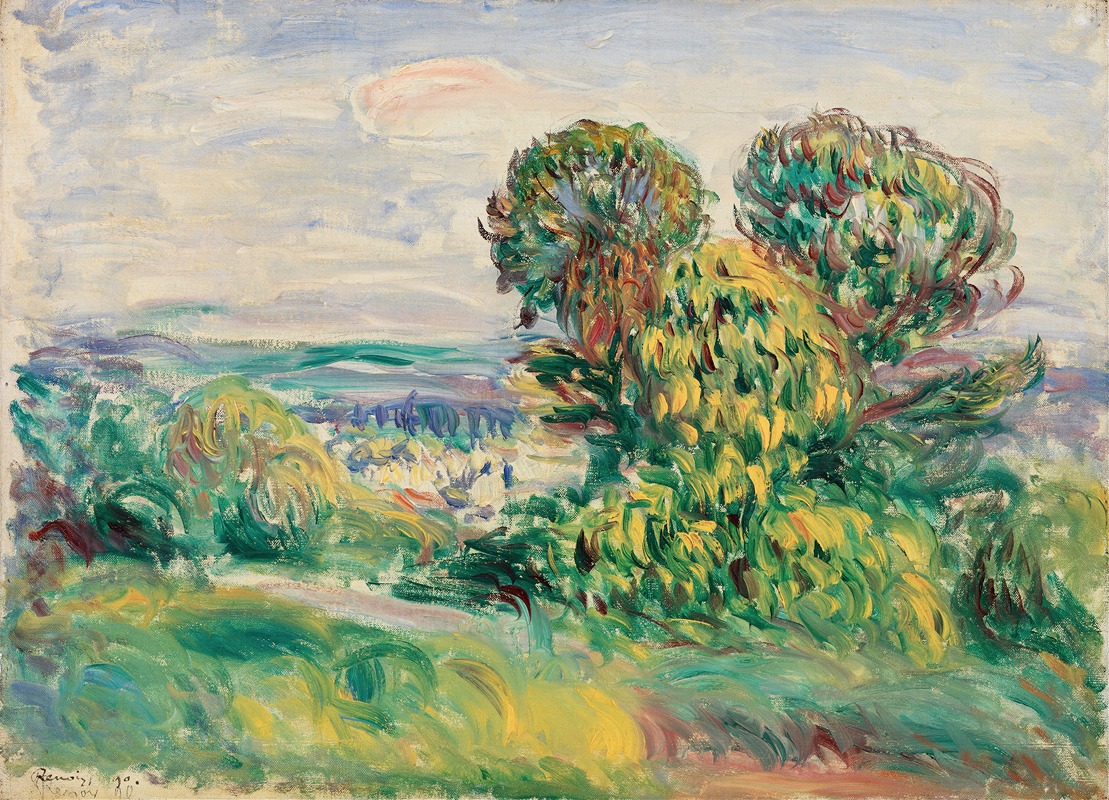
Landscape
A hand-painted replica of Pierre-Auguste Renoir’s masterpiece Landscape, meticulously crafted by professional artists to capture the true essence of the original. Each piece is created with museum-quality canvas and rare mineral pigments, carefully painted by experienced artists with delicate brushstrokes and rich, layered colors to perfectly recreate the texture of the original artwork. Unlike machine-printed reproductions, this hand-painted version brings the painting to life, infused with the artist’s emotions and skill in every stroke. Whether for personal collection or home decoration, it instantly elevates the artistic atmosphere of any space.
Pierre-Auguste Renoir, a leading figure in the Impressionist movement, is renowned for his vibrant light and saturated color, often focusing on people in intimate and candid compositions. However, he also created numerous landscapes that capture the essence of the natural world with the same lively brushwork and keen sense of atmosphere. One such work is "Landscape," a painting that exemplifies Renoir's ability to convey the beauty and tranquility of nature.
Renoir's landscapes are characterized by their loose brushwork and vivid color palette, which he used to capture the fleeting effects of light and atmosphere. This approach was a hallmark of the Impressionist movement, which sought to depict the world as it appeared in the moment, rather than through the more detailed and structured compositions of earlier art movements. In "Landscape," Renoir employs these techniques to great effect, creating a scene that feels both immediate and timeless.
The painting likely features a rural scene, a common subject in Renoir's landscape work. He often painted in the countryside around Paris, including locations such as the Seine Valley and the forest of Fontainebleau. These settings provided him with ample opportunity to explore the interplay of light and shadow across natural forms, a central concern of the Impressionists. Renoir's landscapes frequently include elements such as trees, water, and sky, rendered in a way that emphasizes their natural beauty and harmony.
Renoir's use of color in his landscapes is particularly noteworthy. He often employed a palette of greens, blues, and earth tones, punctuated by brighter accents to capture the vibrancy of the natural world. His brushwork is typically loose and fluid, allowing colors to blend and interact on the canvas in a manner that suggests movement and life. This technique helps to convey the sense of a scene captured in a fleeting moment, a key goal of Impressionist painting.
While Renoir is perhaps best known for his depictions of people, his landscapes reveal a deep appreciation for the natural world and a mastery of the techniques needed to bring it to life on canvas. "Landscape" exemplifies this aspect of his work, showcasing his ability to create compositions that are both dynamic and serene. Through his innovative use of color and brushwork, Renoir was able to capture the essence of a scene, inviting viewers to experience the beauty and tranquility of nature as he saw it.
Renoir's landscapes, including "Landscape," continue to be celebrated for their contribution to the Impressionist movement and their enduring appeal. They offer a glimpse into the artist's vision of the world, one that is filled with light, color, and a profound sense of harmony. These works remain an important part of Renoir's legacy, demonstrating his versatility as an artist and his ability to capture the beauty of the world around him.





